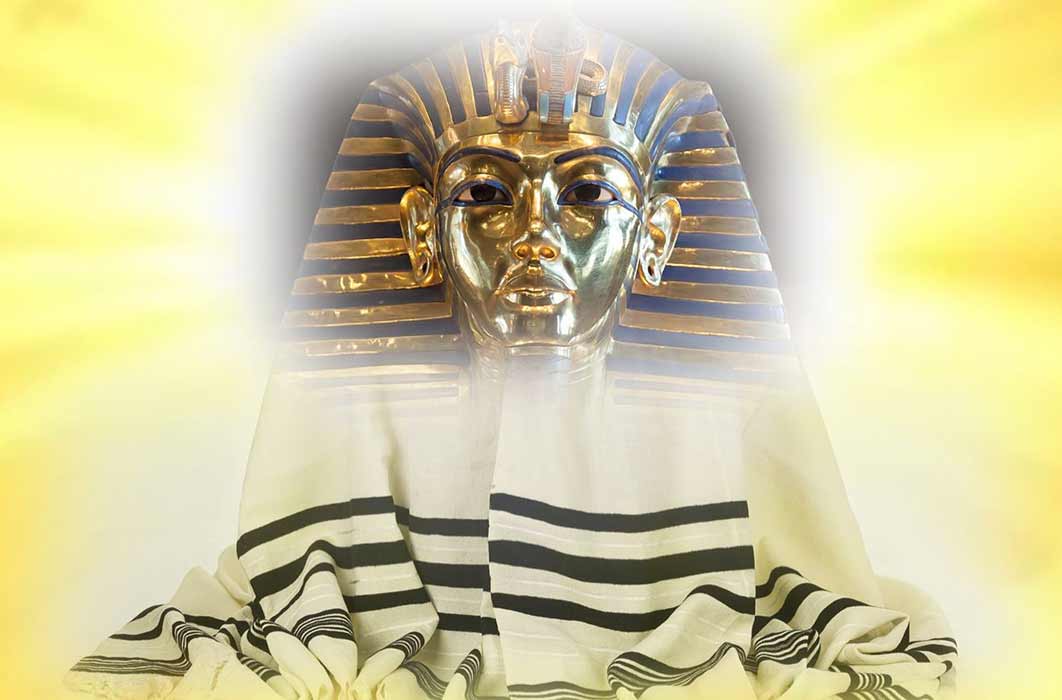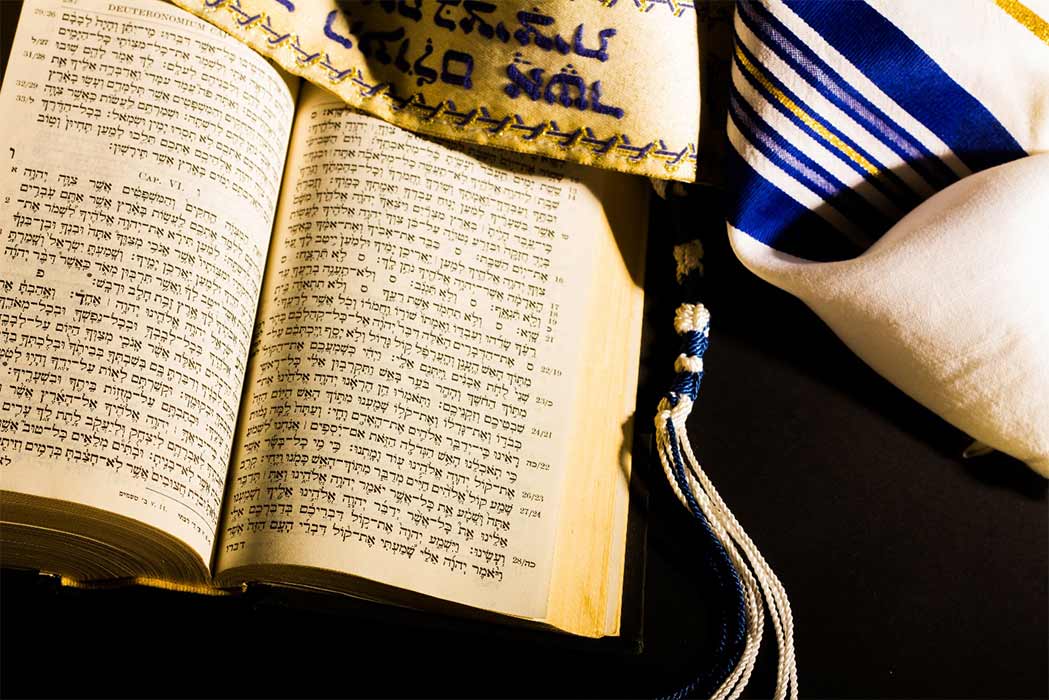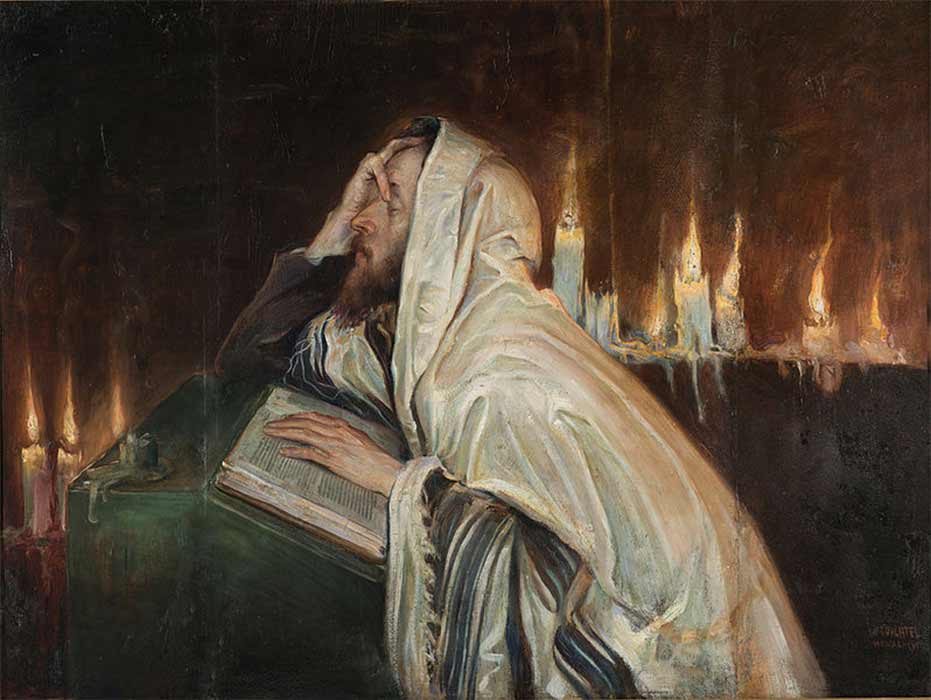
From King Tut To The Jewish Tallit
There is perhaps no greater symbol of Judaism than the white prayer shawl, the tallit. Likewise, there is probably no greater symbol of ancient Egypt’s majesty than the golden funerary mask of the boy king Tutankhamun, found in his sealed sarcophagus in early 1923 by Howard Carter. Together, they are icons of their respective fields of Judaism and Egyptology, but could they be connected in any deeper way? Could a young Pharaoh of Egypt’s Golden Age, who lived 3,000 years ago, have had anything to do with the modern Jewish prayer shawl? The answer is certainly surprising, and has everything to do with Tutankhamun’s famous uncle, Akhenaten. This heretic king launched a campaign of monotheism and aniconism across Egypt in the decades before his nephew came to the throne, ushering in an unparalleled time of religious revolution, revivalism, and rebellion.

The Torah refers to the tzitzit, the four tassels (MiniMoon Photo / Adobe Stock)
A Tale of Tallitot
The tallit stands for prayer, obedience to God, and commitment to worshipping him. However, its origins remain mysterious. It is mentioned in the earliest Hebrew Scripture, the Torah, as are the special knotted tassels that hang from its four corners: the tzitzit. Kerry Olitzky and Ron Issacs discuss the tallit in their tome The Complete How To Handbook for Jewish Living, suggesting how pivotal the garment is to Jewish identity and life.
It is a fundamental part of daily Jewish existence, worn during shacharit (morning) service, and some Jews are even buried in them, yet its origins remain frustratingly elusive. Why is it draped over the shoulders? Why does it come down to just above the knees? Why does it include blue threads? These and other questions swirl around the tallit, and suggest it may have had a cryptic beginning.

Man in a tallit, Jewish prayer shawl is blowing the shofar ram's horn ( John Theodor / Adobe Stock)
Numbers 15:38-39 describes the tallit as well as its fringes, the tzitziyot: “The Lord said to Moses, ‘Speak to the Israelites and say to them: ‘Throughout the generations to come you are to make tassels on the corners of your garments, with a blue cord on each tassel. You will have these tassels to look at and so you will remember all the commands of the Lord … Then you will remember to obey all my commands and will be consecrated to your God. I am the Lord your God, who brought you out of Egypt to be your God. I am the Lord your God.’’”
Many scholars see the origins of the tallit amongst the Bedouin, specifically in their abaya cloak that visitors to Africa have seen. However, this does not explain the numerous oddities about the tallit, like the tzitziyot, the color blue (tekhelet), or its connection to the morning, light, and the rising sun. The garment seems very ancient, charged with royalty and divinity – but why?





